
There's usually one second ... maybe two ... when you can snap a shot of a street. If you're lucky and skillful, you can wind up with a shot that pulls a series of components together and results in a visual story. Sometimes the story centers around the subject of your photo, it's an "on the fly" portrait where you have captured someone you don't know doing something that is of interest.
One afternoon I decided to take up my camera and see what stories the streets of New Orleans might have to tell me.
This fellow is a Chess Grand Master. He sets up shop beside the French Market and for five bucks he'll play a game with you, and pass along some tips as he kicks the snot out of your chess pieces.
I framed the picture so the chess pieces are really only a small part of the overall shot. I wanted my streetscape to capture his intensity and his excitement as well as his passion about his subject matter. The picture was sharpened and the contrast turned up a little. When you look at the picture, do you get a sense of who this guy is?
Not far from here there was a place that offered Ghost Tours. (We took one of these and it was good fun.) The poster would be incomplete without the guy and the guy woud be incomplete without the poster.
They make a great duo, however. The contrast on the picture was tuned down a little, because I wanted it to be a little more grey to be consistent with the overall theme.
I really don't know if the guy runs the ghost tours or if he was just resting for a moment. But I DO know that the pair make for an interesting graphic that can leave a powerful impression in the eyes of the viewer.
Take a second to look also at the "crooked" nature of the doorway. it would have been simple enough to crop this out, because your eye sees there is something wrong with the balance. I did this deliberately. It's an off-center topic and an off center composition suited it well.

We wound up in a little jazz club on Frenchmen Street called "Ray's Boom Boom Room." The bartender, Marlon, told us there was a band playing that night that featured a couple of guys who'd been around the jazz scene for decades. We're talking Preservation Hall guys.
We had to stay. And I am glad we did because those fellas really kicked.
The toughest shot of the entire trip is right here. This guy is over seventy, rail thin, and he played a big drum. The shot was taken in a crowded club well after the sun went down. The subject of the photo is black. Really black and that made it difficult to tease any kind of detail out of the photo.
To further complicate matters, I was shooting with a telephoto (read WHY in my Deep Sea Fishing entry below) in a dark room, which meant shooting at an ISO of 1600.
We are talking the absolute worst conditions: a black man wearing a white shirt late at night, taking the shot with a telephoto. Geez.
An ISO that sensitive is going to result is lots of grain that needed to be removed. There was no detail in the eyes at all, so I used the Dodge tool to bring them out. The right lens of his glasses had a massive flash on it and that had to be mostly removed. Focus needed to be sharpened and the contrast needed to be pumped and brightened.
It's still not an award winning picture -- but it's close enough to remind me of the night I heard REAL jazz in New Orleans.
Here are the top Three Technicolor Tips I can offer for capturing Streetscapes:
1) You need to use a telephoto lens. You also have to take the time to know HOW to use a telephoto. Remember that you sacrifice a lot of light shooting with one. But there's no way you will get a decent shot of something happening across the street without one.
2) You need to be PRESENT wherever you are. By this I mean that you have to be constantly looking for the picture. I see the street in vertical and horizontal rectangles. You need to be alert for the little things, the elements of the story you want to tell and the precise second that the shot presents itself. But having said that, you should shoot and shoot and keep shooting. The shot you THINK is the one you want often isn't as good as the one you took "just in case."
3) Fill your shot with the story...not the background. Get in as tight as you can on your subject. Leave just a small border in case there's another element of the story you don't see at that exact moment. I guarantee that you'll be pleasantly surprised when you get back to the computer and start working on your photos.
Streetscapes are among the most pleasing shots to me. When they work, they are visual magic. But like every magic trick, you need to do your groundwork in order to make the shot work.
 There's usually one second ... maybe two ... when you can snap a shot of a street. If you're lucky and skillful, you can wind up with a shot that pulls a series of components together and results in a visual story. Sometimes the story centers around the subject of your photo, it's an "on the fly" portrait where you have captured someone you don't know doing something that is of interest.
There's usually one second ... maybe two ... when you can snap a shot of a street. If you're lucky and skillful, you can wind up with a shot that pulls a series of components together and results in a visual story. Sometimes the story centers around the subject of your photo, it's an "on the fly" portrait where you have captured someone you don't know doing something that is of interest. 
 We wound up in a little jazz club on Frenchmen Street called "Ray's Boom Boom Room." The bartender, Marlon, told us there was a band playing that night that featured a couple of guys who'd been around the jazz scene for decades. We're talking Preservation Hall guys.
We wound up in a little jazz club on Frenchmen Street called "Ray's Boom Boom Room." The bartender, Marlon, told us there was a band playing that night that featured a couple of guys who'd been around the jazz scene for decades. We're talking Preservation Hall guys.


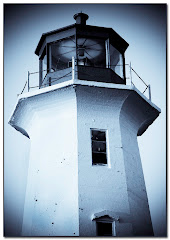
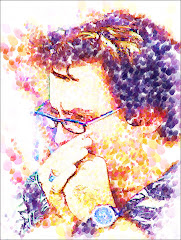

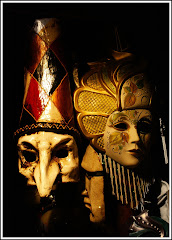
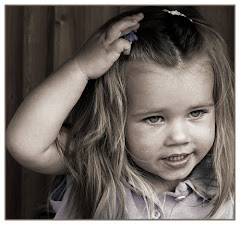
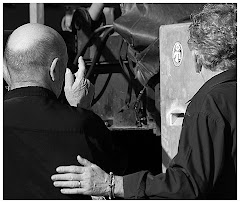



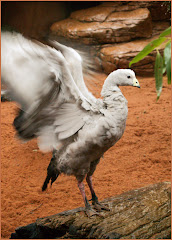
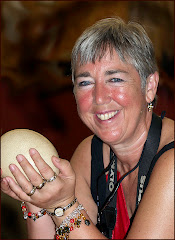


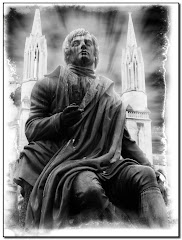

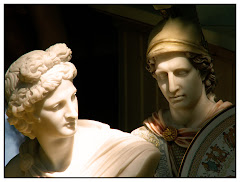

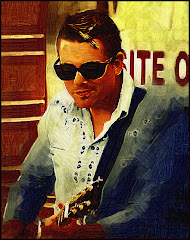

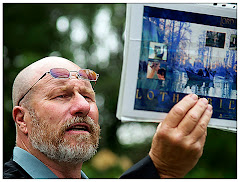

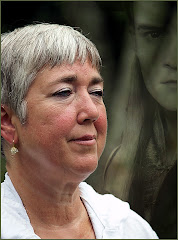
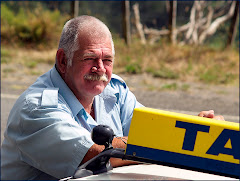

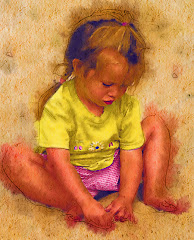
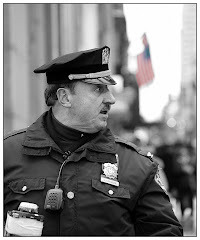
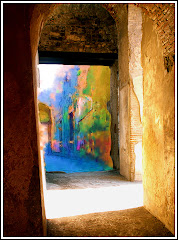



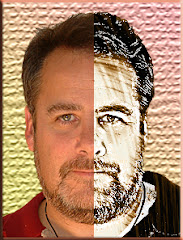
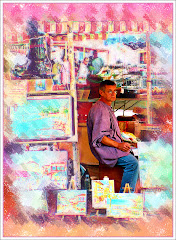
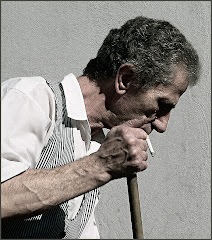

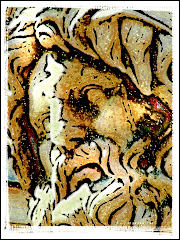

No comments:
Post a Comment